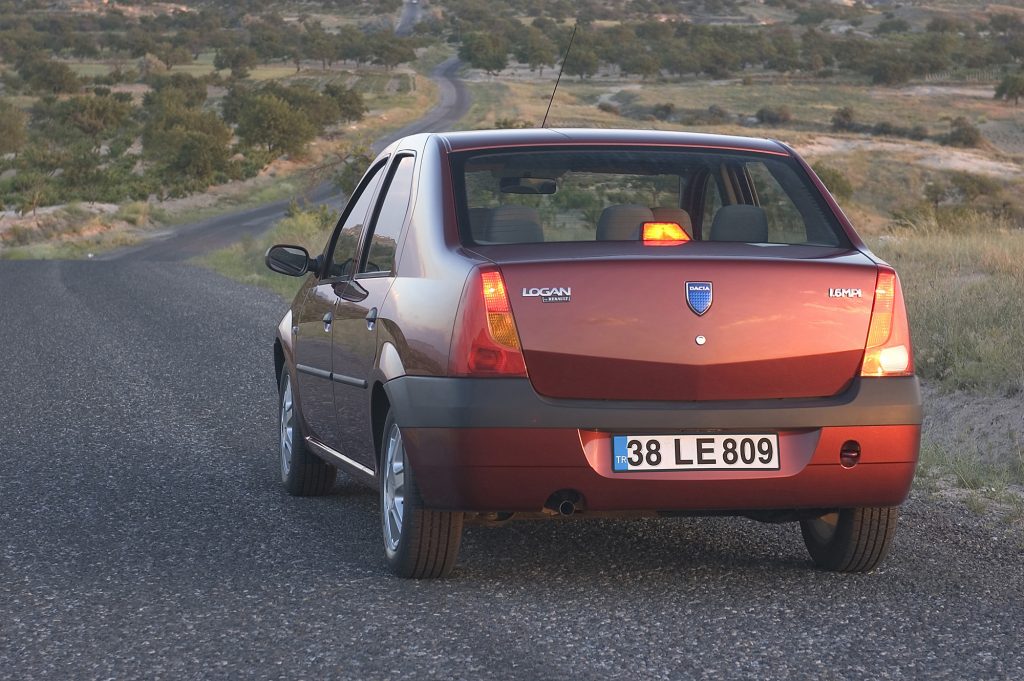The Dacia brand has been growing for 15 years. What are the keys to this success?
Dacia has a unique business model in the automotive industry, for several reasons. The original specifications were to produce a roomy, reliable vehicle at the €5,000 price point. Unlike the vehicle projects of the time, the baseline from which we could not deviate was price. That’s the design to cost approach: cost is a baseline in the design of a vehicle like any performance criterion. Setting a target cost price forces you to explore new solutions to meet this requirement.
So we had to challenge our conventional working methods, our processes and even our organizational structure. We assembled a completely autonomous project team to address the product aspects afresh and rethink the brand’s identity.
Can this be considered a new kind of innovation?
At that time, car manufacturers were already involved in a mad dash to over-equip vehicles. With Dacia, the disruption was to step away from providing “more and more” and focus on the bare minimum (value for money). It wasn’t easy to make this change because we were met with plenty of skepticism and resistance within the company.
Innovating is not just about adding more technologies, it’s also about keeping your finger on the pulse of the market and emerging trends. With the launch of Logan in 2004, Dacia managed to stay in step with market developments, and even get ahead of them to meet new mobility needs. The brand was able to offer a product at the best value for money, which meets the needs of customers wanting access to mobility in a new vehicle, and to pay the bare minimum. This experience was perceived as an innovation on the automotive market at the time, because there were no precedents.
You say you reviewed your MO, processes and organization. What other aspects allowed you to rise to the challenge of renewing Dacia?
To meet the original specifications, we had to design a simple car without any complex technologies because our customers didn’t need them. Achieving this aim necessitated some carry-over. This means reusing components shared with other cars. In this way we cut our design costs.
In Dacia cars we also offer technologies that have been tried and tested in Groupe Renault, but meet the needs of Dacia customers. For example, we introduced the multiview camera system in the all-new Duster. We simplified it to make it more affordable but also easier to use. With each car renewal, we decide which proven technologies we can reuse and which product improvements our customers expect from us.
Another ingredient in the success of the Logan project and the Dacia range is design. This resulted in a sufficiently attractive product, something unheard of in vehicles costing €5,000, and a new mobility concept for the emerging countries of the time.
The renewal of the Dacia brand has become a real strategic challenge for the Groupe Renault?
Absolutely! Faced with the success of Logan, the local integration of component production and assembly helped to achieve the costs objective for this project and its off-shoots. Producing as close as possible to the markets in which the cars are marketed also influences price. By stepping up its presence in developed and emerging countries, Dacia thus contributed to Groupe Renault’s international growth strategy.
Since then, the Logan project has evolved into the Global Access program, which has a strategic and commercial dimension. A broad responsibility scope, ranging from design to marketing via industrial performance. In summary, the renewal of the Dacia brand in 2004 is the story of industrial and commercial audacity without precedent in the automotive industry. With the success of New Duster, unveiled in September 2017, which sold 79,136 units in the first half of 2018, we can wager that this success story is not ready to end…
